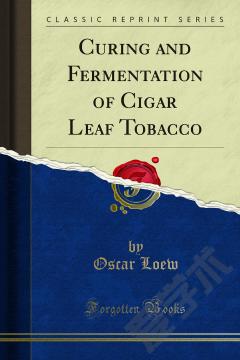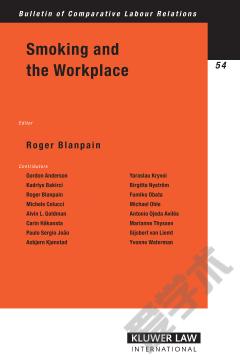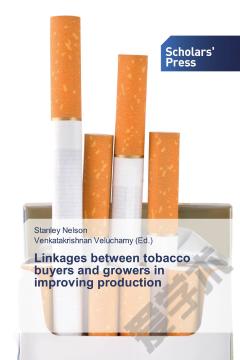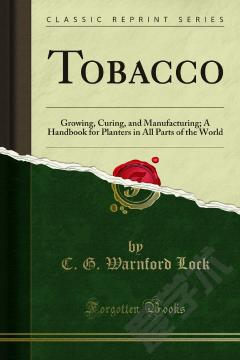Curing and Fermentation of Cigar Leaf Tobacco
The production of tobacco adapted to the different market demands has become a prominent factor in national economy. Of particular importance is the production of superior cigar leaf tobacco. The filler leaf of a cigar must above all things have a good flavor, good aroma, and good burn. In the wrapper leaf, however, still other qualities come in, such as elasticity, pliability, size, shape, color, size Of the veins, the fineness and peculiar grain of the Havana type, and the smooth silkiness of the Sumatra. Little is known of the chemical properties of the leaf, especially of those which contribute to the flavor and aroma. It is probable that the actual amount of nicotine is relatively unimportant, and it is certain that the excellence of the leaf and its adaptation to market demands is not dependent, except in a very general way, upon the amount of nicotine. It has long been known that certain of the potassium salts, especially potassium chlorid, can not be used at all for the production of high types of cigar tobacco, as they give the leaf a poor burn. It is furthermore an old experience Of tobacco growers that excessive nitrog enons manuring tends to produce a large leaf, of inferior quality, con taining an increased amount of nicotine. If the prime object of tobacco culture were the production of nicotine, as the prime object in raising sugar beets is the production of sugar, then the rational procedure would be to furnish an excess of nitrogenous manures, but nicotine alone does not make a good cigar tobacco any more than alcohol alone would make a good wine. The substances producing the flavor and aroma, therefore, although probably present in minute quantities, are much more important than the actual percentage of nicotine found in the cured leaf.
{{comment.content}}








 京公网安备 11010802027623号
京公网安备 11010802027623号